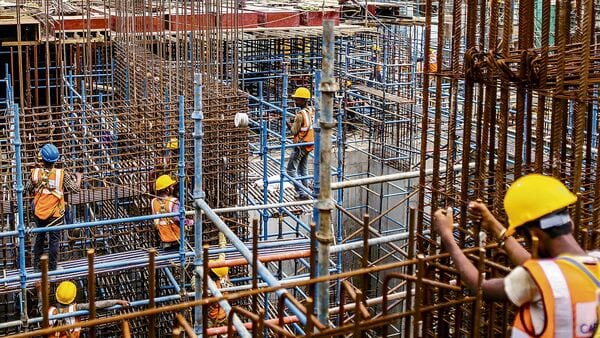The government’s ability to meet its ambitious capital expenditure (capex) target for FY25 will depend on several factors, including revenue growth, fiscal management, and project implementation efficiency. While recent years have seen a sharp rise in capex allocations to drive infrastructure and economic growth, meeting the FY25 target will pose challenges amid slowing GDP growth and global uncertainties.

Source:- bbc news
**Revenue Constraints**
A subdued GDP growth forecast of 6.4–6.7% could impact tax revenue collections. Additionally, factors such as lower exports, rising oil prices, and global economic uncertainties may constrain non-tax revenue sources. Slower revenue growth could pressure fiscal resources, potentially affecting capex spending.
Source:- news 18
**Implementation Challenges**
Project delays, land acquisition issues, and bureaucratic hurdles could hinder the timely execution of infrastructure projects. Ensuring efficient disbursal of funds and addressing implementation bottlenecks will be crucial for meeting the target.
**Private Sector Participation**
The government’s focus on crowding in private sector investment through public-private partnerships (PPPs) and incentivizing industries will play a critical role. However, high borrowing costs and subdued private investment sentiment may limit private sector involvement.
**Commitment to Growth**
Despite challenges, the government is expected to prioritize capex as a driver of economic growth, particularly in sectors like transport, energy, and digital infrastructure. Strategic project selection and enhanced monitoring mechanisms can ensure optimal utilization of funds.
While achieving the capex target will be challenging, it remains feasible if the government adopts a focused approach, enhances fiscal discipline, and fosters collaboration with private stakeholders. Success in this area could boost long-term growth and infrastructure development.
Share your views in the comments

